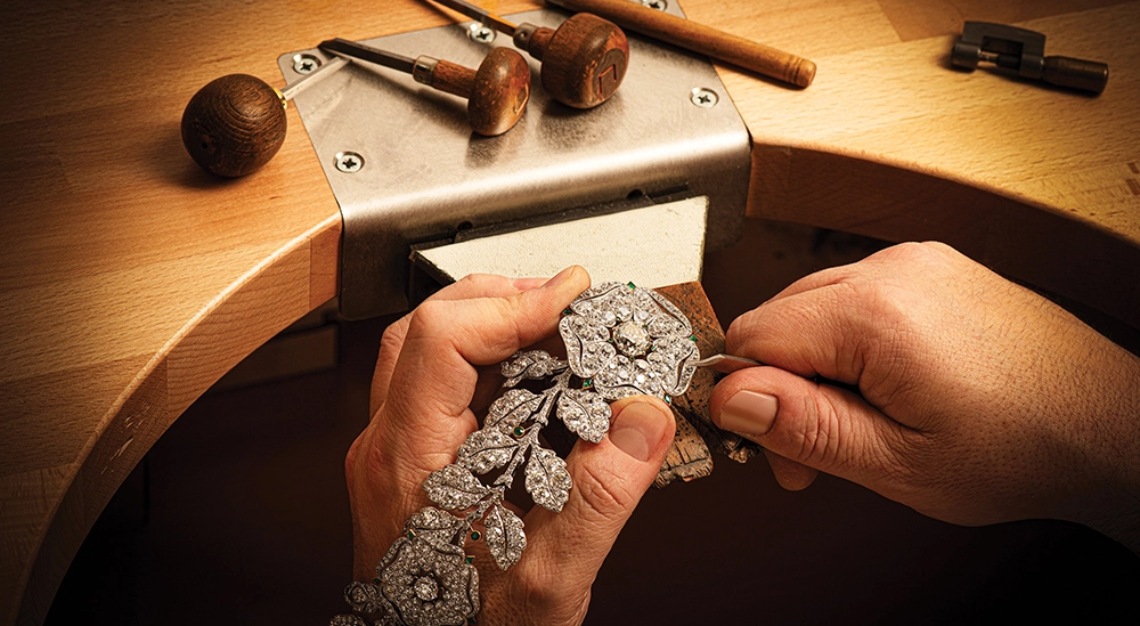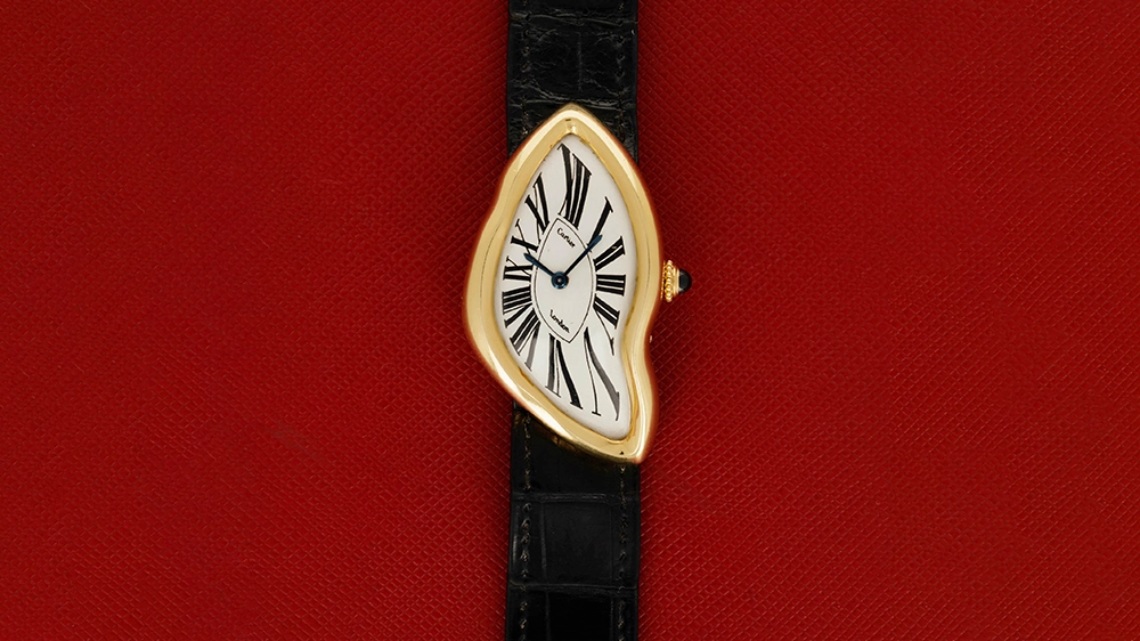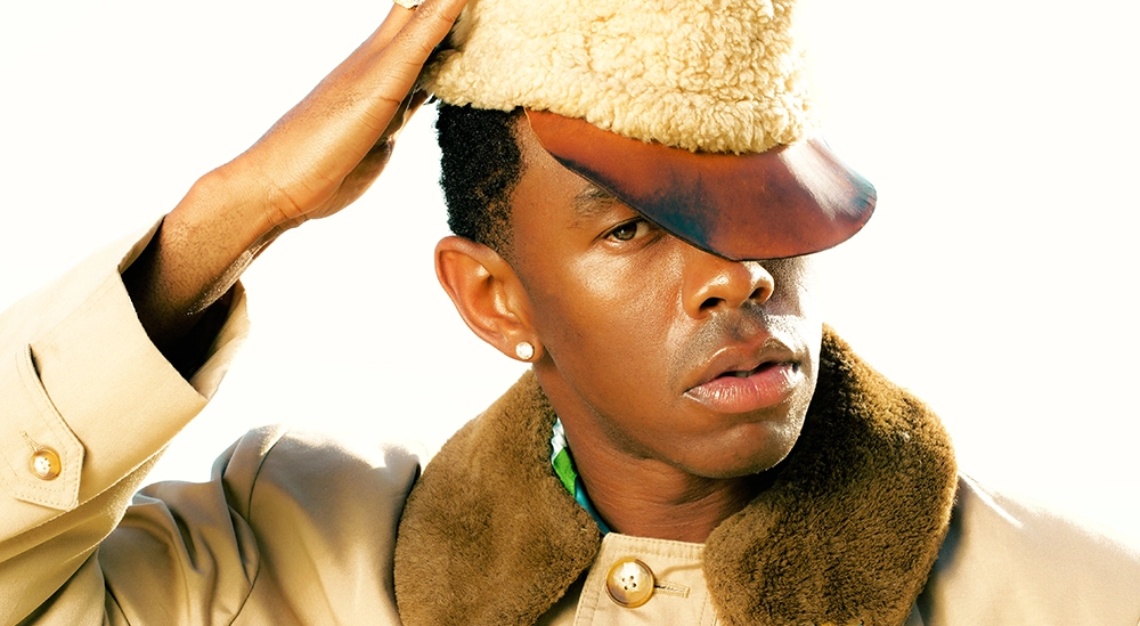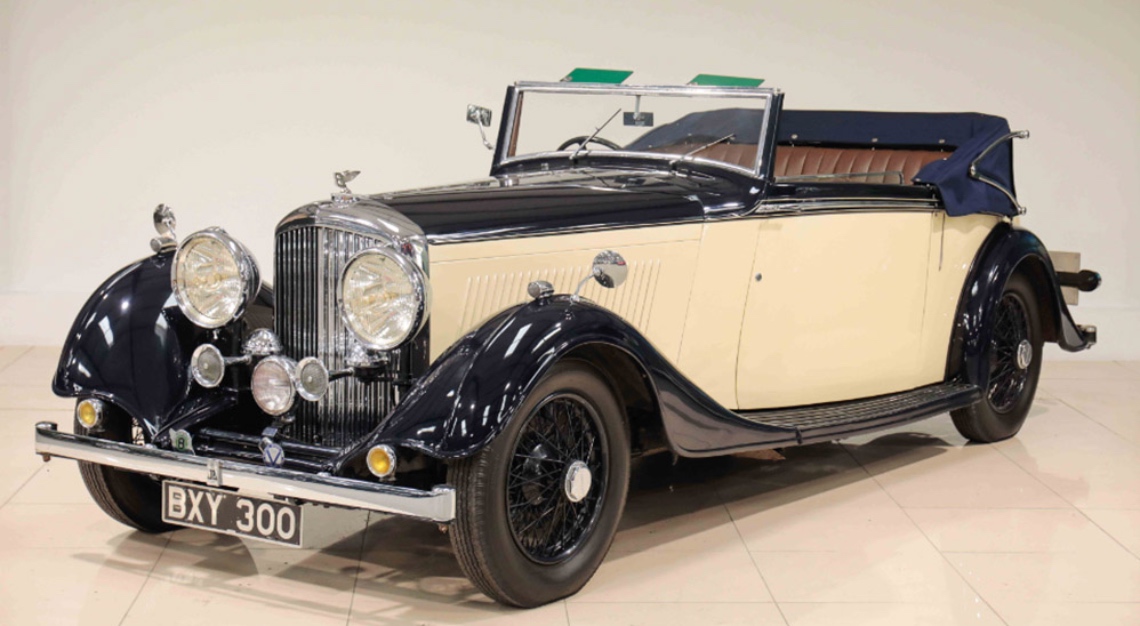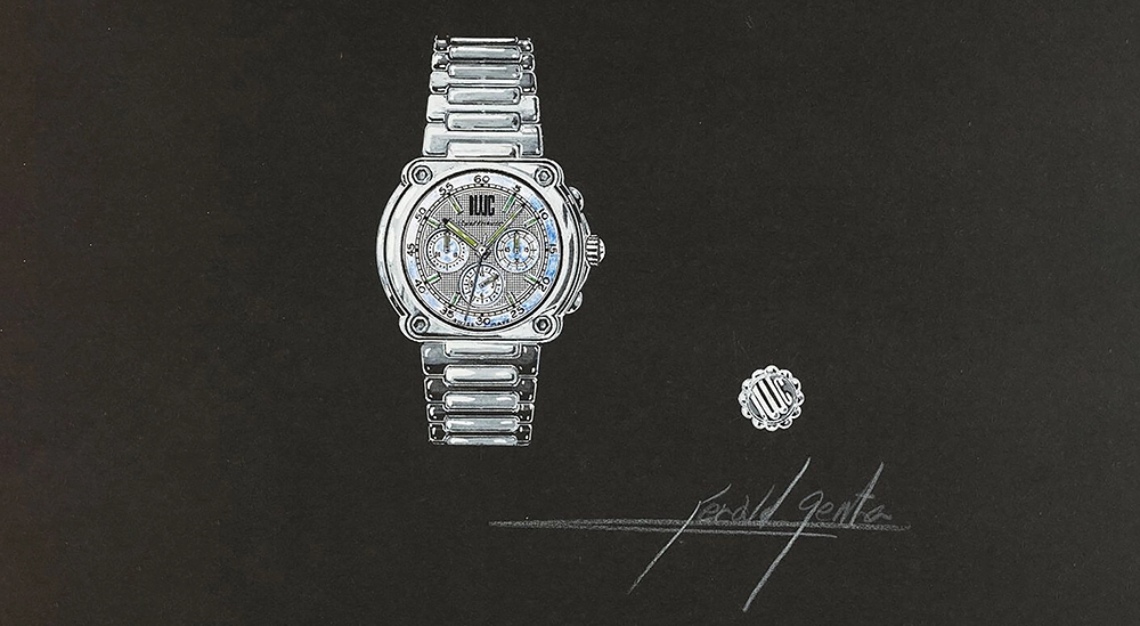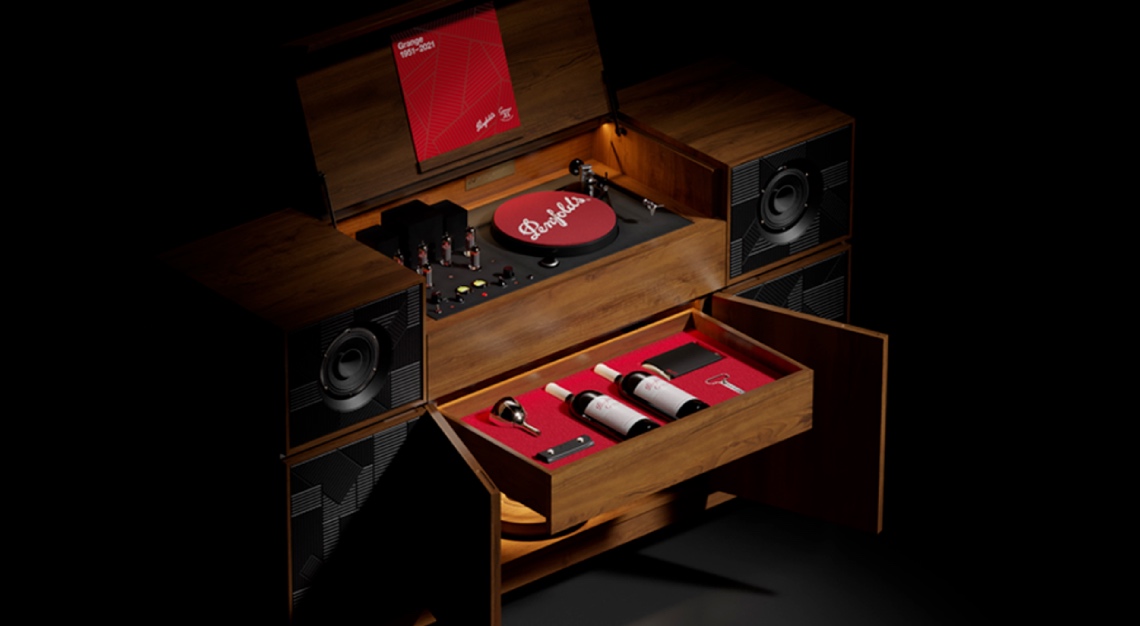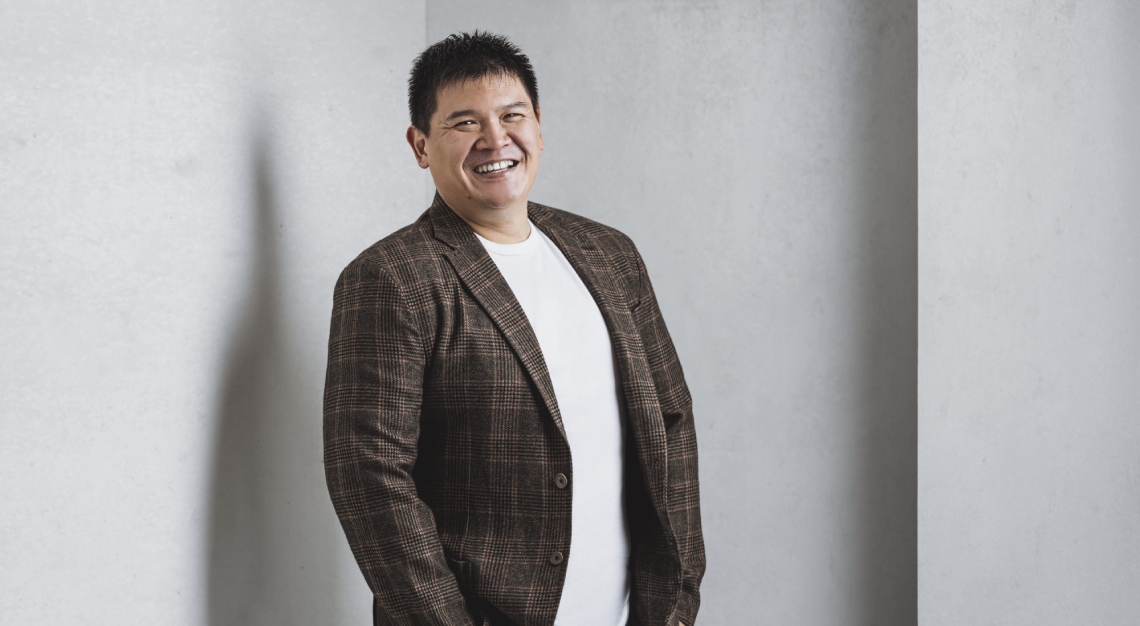Known as Cartier Tradition, the programme was conceived in 1996 by Cartier’s longtime director of image, Pierre Rainero
Vintage Cartier has always been a hot commodity, and the Parisian jeweller has always sold a selection of such pieces in its flagship boutiques, including Fifth Avenue in New York, London’s Bond Street location and Rue de la Paix in Paris. But with the secondary market through the roof in nearly every luxury sector, the house has decided to up the offering. “We have a huge demand with a lot of requests from clients,” says Pierre Rainero, Cartier’s longtime director of image, heritage and style.
Cartier’s commercial vintage programme, known as Cartier Tradition, officially began in 1996 and was conceived by Rainero, who has been with the company in various roles since the ’80s. It has grown from a handful of pieces distributed across its marquee storefronts to an inventory large enough to fill a wing of an exhibition space. While some items are still displayed behind vitrines in-store, most of the pieces, ranging in price from US$20,000 and up, are shown to select VIP clients around the globe during high-jewellery presentations.
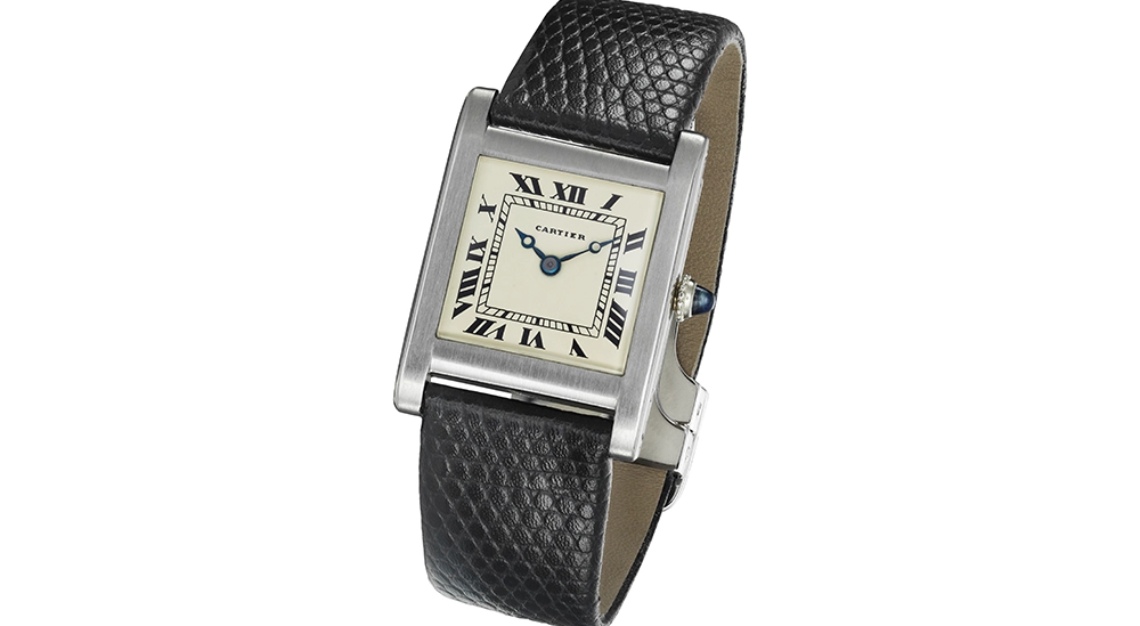
Among the highlights currently available (as of press time) are a grandiose turquoise necklace set in 18-karat yellow gold from 1956 and a diamond-and-onyx bird brooch from 1929 with a tilted citrine as its centrepiece. “The idea of putting that stone at a certain angle to create a position or an attitude or posture was born from that specific stone,” says Rainero. “I like that, because it shows a way of creating that is very Cartier.”
The house is so detailed in its restoration process that it can take months to source the correct materials for quality and historical accuracy. “The objective is always to propose a piece at the closest stage to when it was sold the first time—or, I should say, the last time—because sometimes the same piece has been modified by Cartier at the request of a client,” Rainero explains. For jewellery, if any stones are missing, the quality, colour and antique cuts must be matched with those already present in the piece. “This is always a challenge, because it’s part of a spirit, or the essence of a piece, when it was born,” he says. Watches receive the same treatment, right down to the movement, with each piece re-created by hand. Often, Cartier can dip into its archive of era-specific stones or watch components when that isn’t possible, the stone will be sourced or the parts will be recreated as they were at inception.
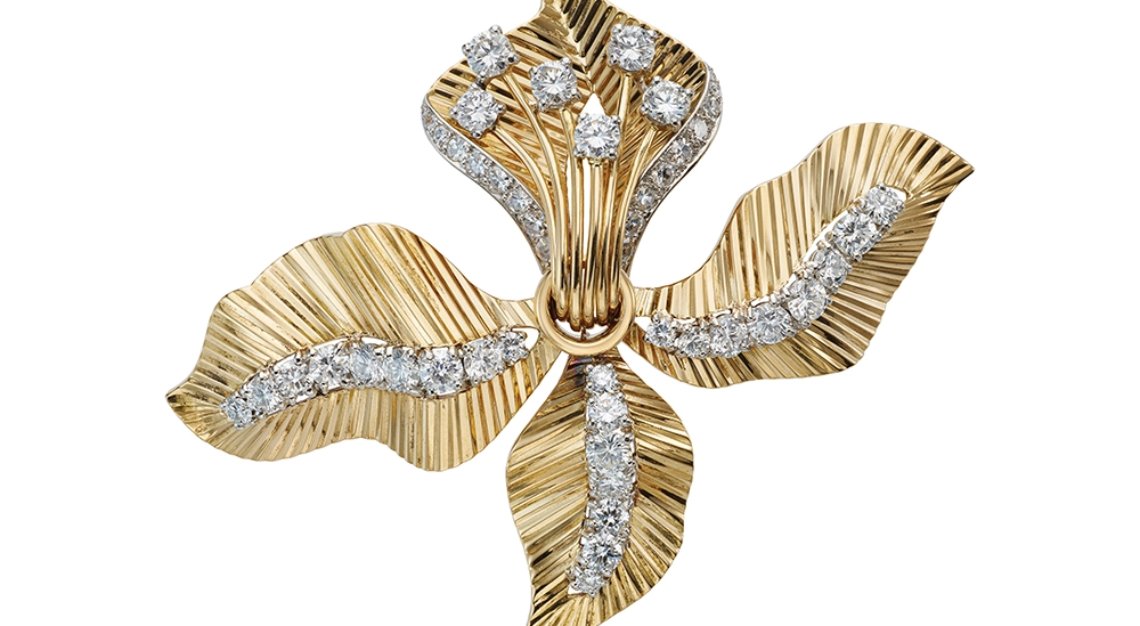
Pieces are typically bought back from clients, although Rainero notes they are sometimes acquired from dealers, particularly in London (where he says the antiques market is most developed), but rarely from auction houses. The advantage, from the buyer’s perspective, lies in the authentication of design, material and process: Each piece comes with a detailed report on the materials used, the history of the design and every step of the restoration processes implemented. Provenance, however, is never disclosed, to protect the identities of previous owners.
Beyond the guaranteed authenticity and timeless beauty of each piece exists another compelling reason for investing in a Cartier Tradition heirloom. “For a few years now, we have been buying back some pieces from clients from the early days [of the official vintage programme],” Rainero says. “And those clients are making money.”
This article was first published on Robb Report USA
